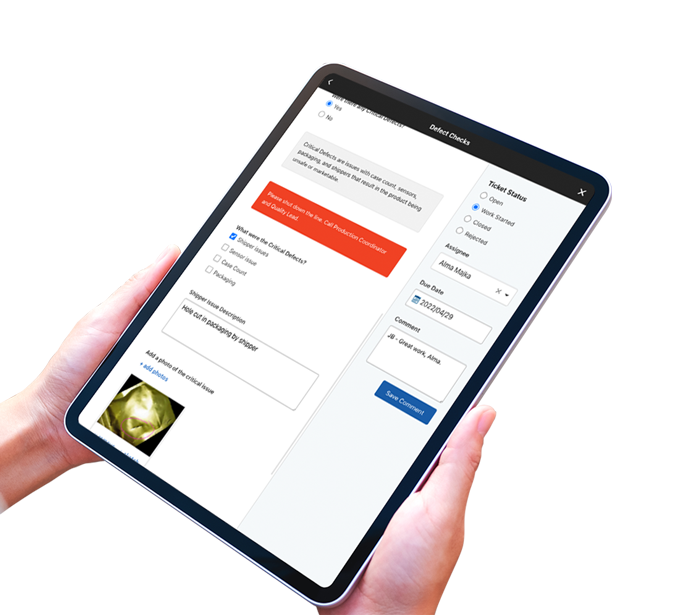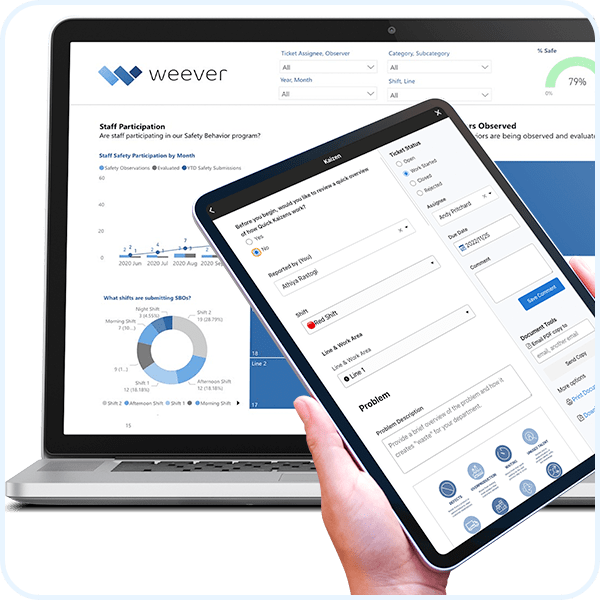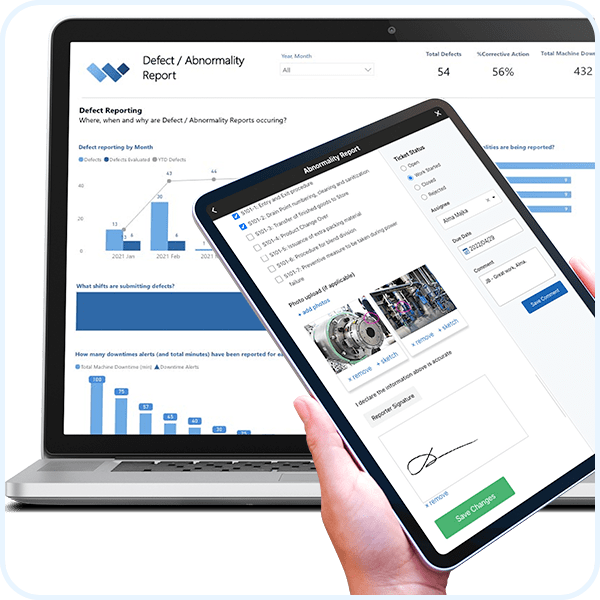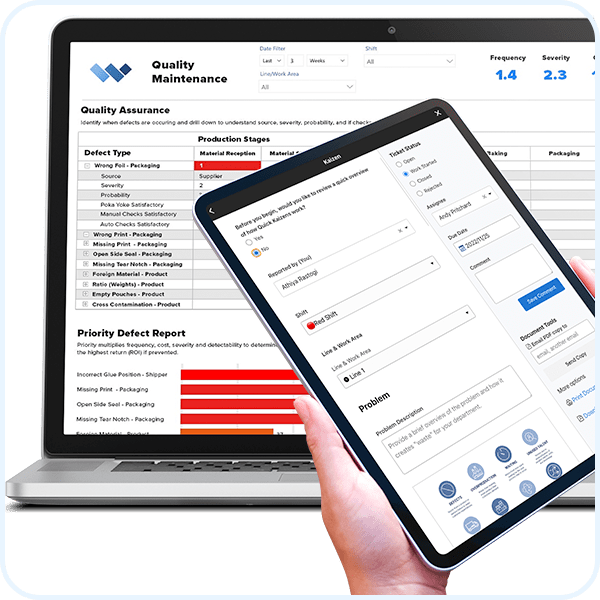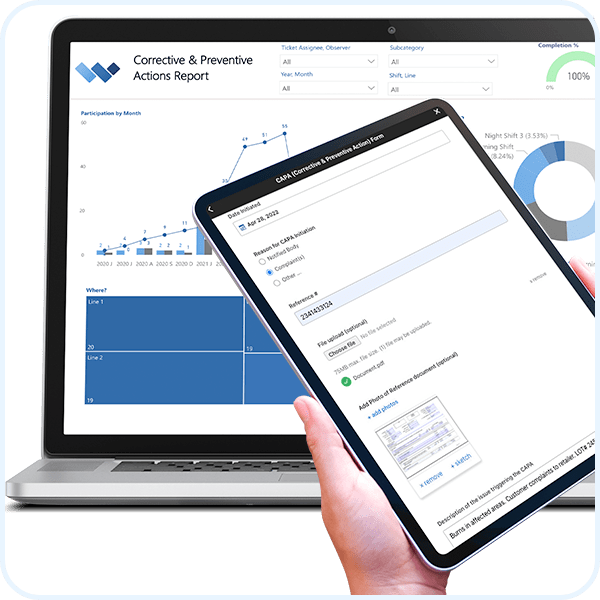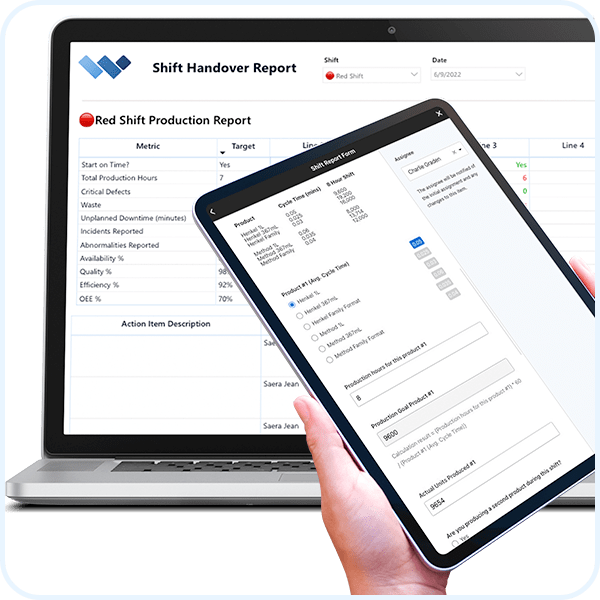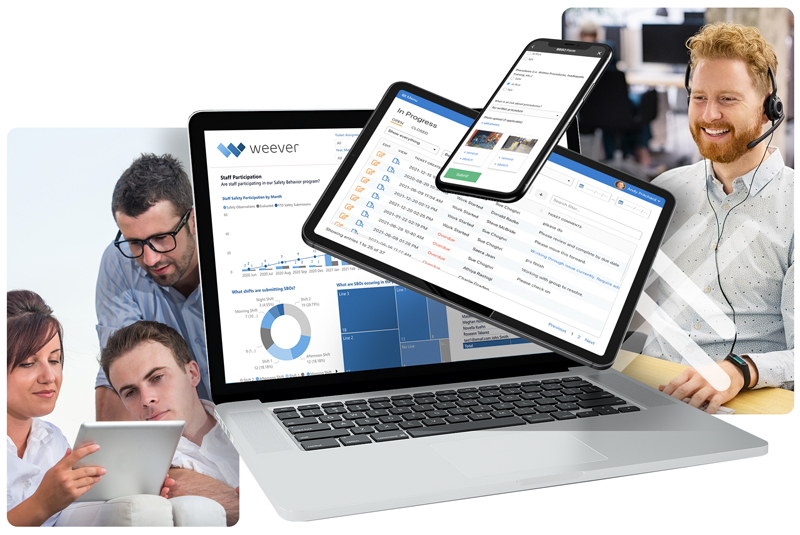Quality Defect Check Dashboard
Microsoft Power BI Template
Customizable Reporting Dashboard
Do you have a question?
How does Quality Defect Reporting work?
- Quality defect reports requires operators to inspect random samples of product and report on defects.
- Defects are usually graded as:
- Critical - affecting safety and/or marketability.
- Non-critical - not affecting safety or marketability.
- Critical defects are pulls and not shipped.
- Quality keeps track of defect reports to better understand insights that may affect product quality over time.
Why is Quality Defect Reporting important?
- Reduce critical defects from leaving production facility.
- Provide data to reduce quality issues over time.
- Reducing defects has positive effect on OEE.
Why Digitize Defect Quality Reporting?
Digitized features increase the likelihood that quality checks will be done correctly. Real-time alerts ensure critical defects will not leave the facility and automated reporting helps insights become more apparent and actionable.
- Increase Accountability - Features like schedules, real-time activity, rewards and notifications enable all stakeholders to see who is doing the work and who is not.
- Ensure Compliance - Ensure the process is followed correctly. Captured data is clearer and easy to understand
- Enhance Efficiency and Productivity - More accessible and simplified. Ensure staff are using the most up to date documents. Save administration time.




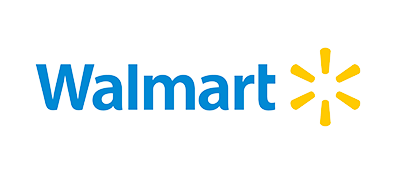


Marks

Diageo

Niagara Bottling

Walmart

PepsiCo logo

McDonald's

Unilever

Monin

Hello Fresh
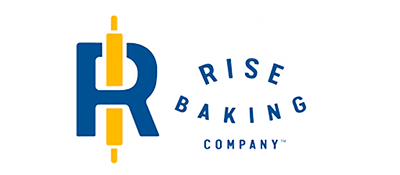
Rise Baking

Rockwool

Canadian Tire

SportChek
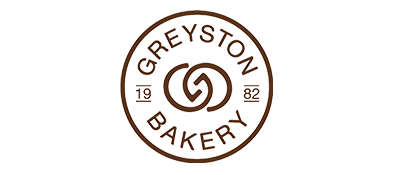
Greyston Bakery
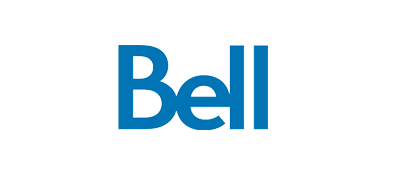
Bell
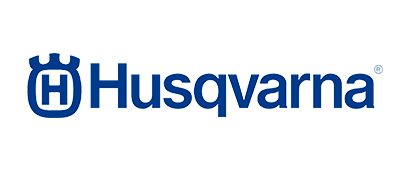
Husqvarna

Home Hardware
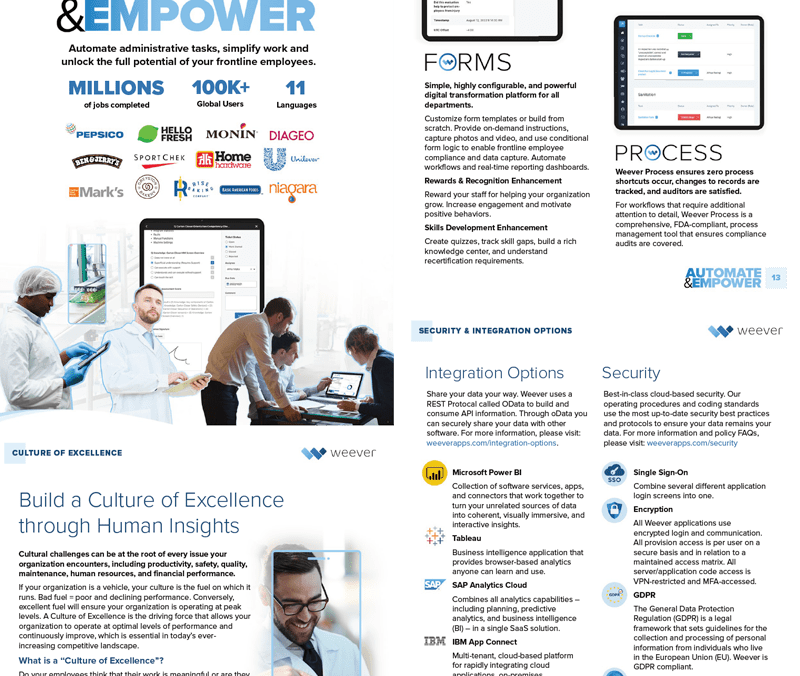
Learn about the Platform.
Download the brochure to get all the details about how Weever works.
SCHEDULE A DEMO
Take a Guided Tour.
In just 30 minutes you will learn about customizing and using forms, workflow automation, reviewing reports, and sharing data with other business systems.
In just 30 minutes you will learn about customizing and using forms, workflow automation, reviewing reports, and sharing data with other business systems.
